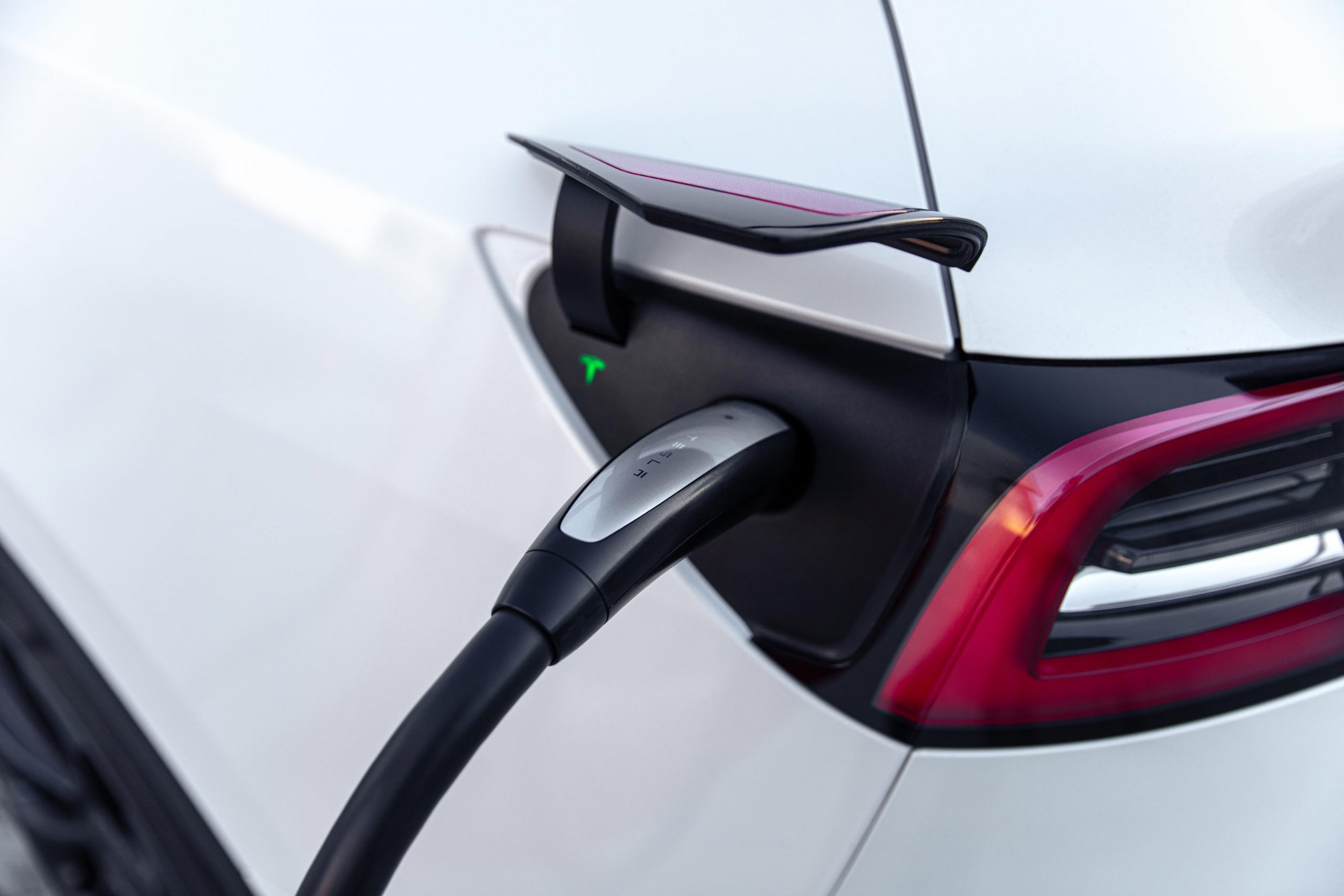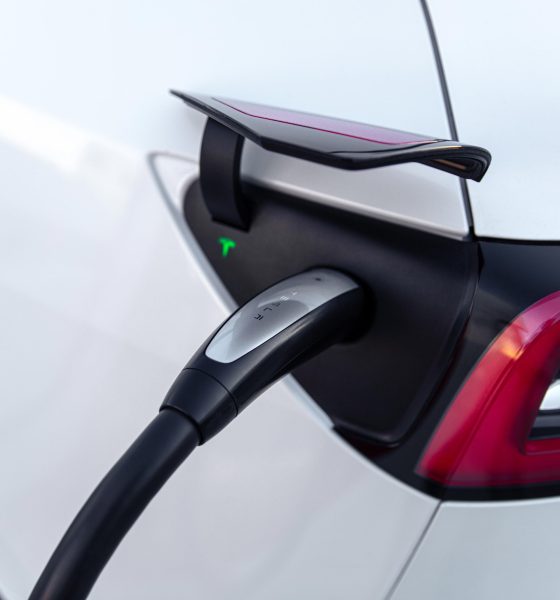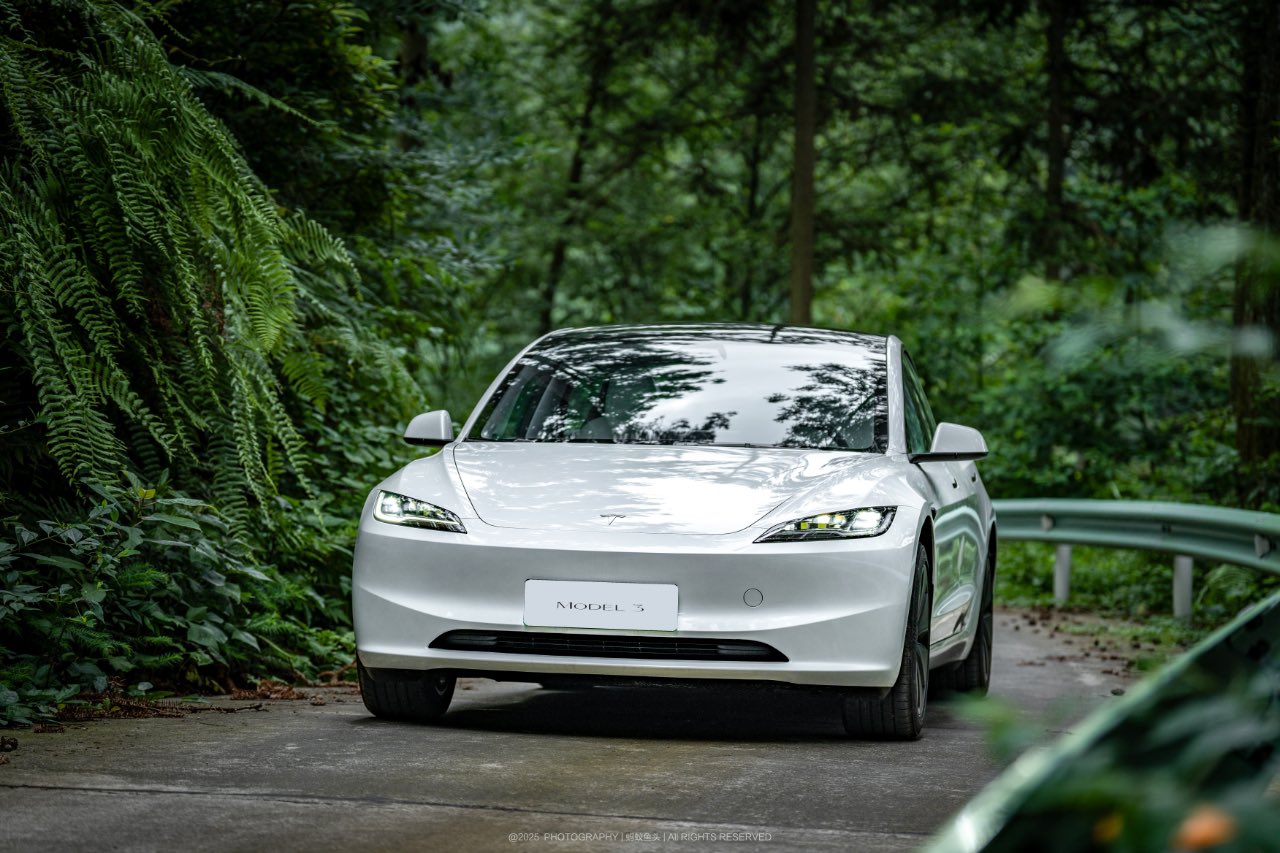

News
Tesla denied grant applications in Texas for Superchargers despite fractional costs
Tesla recently applied for a series of grants through a program in the State of Texas that would cover up to 70 percent of an electric vehicle charging stall installation. However, the applications from the United States’ leading electric automaker were denied, despite costs being a fraction of what competitor installations would cost. According to a report from Forbes, which examined the rejected applications and what would instead be installed, Texas is doing itself a disservice, selecting “the most expensive stations in the worst locations for their money.”
Despite a laid out sheet of ground rules, which tend to gravitate toward impartial and unbiased selections, it does not always work out that way. The $21 million in grants, which are awarded on a first-come-first-serve basis, provided enough funding for 170 chargers at 41 stations. Tesla’s applications were not selected for a single project, despite aligning with the grant’s requirements, which would have made Tesla install CHAdeMO or CCS connectors, which would open the Superchargers up to other car manufacturers.
Interestingly, the article states that around 70 percent of EVs on the road would benefit from even more Tesla Superchargers. The robust network of global charging stations for Tesla, which recently eclipsed 30,000 worldwide, provides energy for the industry’s best EVs. Sales figures for Tesla are simply incomparable to other EV companies, as it is the only company in the United States to consistently mark hundreds of thousands of deliveries per quarter, with each one being an electric powertrain.
Tesla’s Superchargers would not have only benefitted drivers of the all-electric automaker’s products. The Forbes report indicates Tesla had only applied for a “small portion” of the money to build its first four stations, which would also accept non-Tesla EVs, much like a “pilot” program the company has started to test in Europe.
Tesla’s non-Tesla Supercharger pilot program expands to France, Norway
While it has not yet happened in the United States, Tesla Superchargers could be used to provide energy to other EV manufacturer products. Tesla stands to gain in other ways, too, as the company allowing other cars to access its infrastructure would help relieve range anxiety concerns. However, its biggest advantage is having 70 percent of the station covered by grant money.
Even if Tesla planned to use the grant funds to expand its charging infrastructure, the decision not to accept their applications is questionable. The prices in unaccepted grant applications, representing up to 70 percent of the actual cost, are as follows:
- Chargepoint: $150K+ for 2-plex
- EVgo: $150K+ for pair, $126K for 4-plex
- Circle-K: $75K for 4-plex to $150K+ for 2-plex
- 7-11: $126K for 2-plex
- “Retail EV Charging North/South Texas” (Buc-ee’s) $100K/charger for 6-plex
- Various small players: $75K to $150K, averaging at least $133K/charger
- Accepted applications so far from various players average $123K+/charger
- Tesla: $29K for 17-plex, $42K for 9-plex
Opening up potential Supercharger locations to other automakers would be extremely advantageous from a cost perspective. It also would give Tesla the ability to test the waters of a potential pilot program in the United States, with plenty of restrictions that would still give Tesla owners prioritization at the stalls.
Ultimately, the EV infrastructure doesn’t seem to gain any benefits from what the Forbes article’s author, Brad Templeton, calls “misguided grants.” Instead, funding the EV infrastructure with what drivers actually need, which is more stations in advantageous areas, like shopping centers or tourist destinations, is the answer.
I’d love to hear from you! If you have any comments, concerns, or questions, please email me at joey@teslarati.com. You can also reach me on Twitter @KlenderJoey, or if you have news tips, you can email us at tips@teslarati.com.

News
Tesla Model Y Standard stuns in new range test, besting its Premium siblings
Tesla’s newer vehicles have continued to meet or exceed their EPA estimates. This is a drastic change, as every 2018-2023 model year Tesla that Edmunds assessed did not meet its range estimates.

The Tesla Model Y Standard stunned in a new range test performed by automotive media outlet Edmunds, besting all of its Premium siblings that are more expensive and more luxurious in terms of features.
Testing showed the Model Y Standard exceeded its EPA-estimated range rating of 321 miles, as Edmunds said it is the “longest-range Model Y that we’ve ever put on our loop.” In the past, some vehicles have come up short in comparison with EPA ranges; for example, the Model Y’s previous generation vehicle had an EPA-estimated range of 330 miles, but only drove 310.
Additionally, the Launch Series Model Y, the first configuration to be built in the “Juniper” program, landed perfectly on the EPA’s range estimates at 327 miles.
It was also more efficient than Premium offerings, as it utilized just 22.8 kWh to go 100 miles. The Launch Series used 26.8 kWh to travel the same distance.
It is tested using Edmunds’ traditional EV range testing procedure, which follows a strict route of 60 percent city and 40 percent highway driving. The average speed throughout the trip is 40 MPH, and the car is required to stay within 5 MPH of all posted speed limits.
Each car is also put in its most efficient drive setting, and the climate is kept on auto at 72 degrees.
“All of this most accurately represents the real-world driving that owners do day to day,” the publication says.
With this procedure, testing is as consistent as it can get. Of course, there are other factors, like temperature and traffic density. However, one thing is important to note: Tesla’s newer vehicles have continued to meet or exceed their EPA estimates. This is a drastic change, as every 2018-2023 model year Tesla that Edmunds assessed did not meet its range estimates.
Tesla Model Y Standard vs. Tesla Model Y Premium
Tesla’s two Model Y levels both offer a great option for whichever fits your budget. However, when you sit in both cars, you will notice distinct differences between them.
The Premium definitely has a more luxurious feel, while the Standard is stripped of many of the more premium features, like Vegan Leather Interior, acoustic-lined glass, and a better sound system.
You can read our full review of the Model Y Standard below:
Tesla Model Y Standard Full Review: Is it worth the lower price?
News
Xpeng CEO: Tesla FSD 14.2 has developed “near-Level 4” performance
While acknowledging that imperfections remain, the Xpeng CEO said FSD’s current iteration significantly surpasses last year’s capabilities.

Xpeng CEO He Xiaopeng has offered fresh praise for Tesla’s Full Self-Driving (FSD) system after revisiting Silicon Valley more than a year after his first hands-on experience.
Following extended test drives of Tesla vehicles running the latest FSD software, He stated that the system has made major strides, reinforcing his view that Tesla’s approach to autonomy is indeed the proper path towards autonomy.
Tesla FSD closing in on Level 4 driving
During his visit, He test-drove a Tesla equipped with FSD V14.2. He also rode in a Tesla Robotaxi. Over roughly five hours of driving across Silicon Valley and San Francisco, He said both vehicles delivered consistent and reassuring performance, a notable improvement from his experience a year earlier.
According to He, Tesla’s FSD has evolved from a smooth Level 2 advanced driver assistance system into what he described as a “near-Level 4” experience in terms of capabilities. While acknowledging that imperfections remain, the Xpeng CEO said FSD’s current iteration significantly surpasses last year’s capabilities. He also reiterated his belief that Tesla’s strategy of using the same autonomous software and hardware architecture across private vehicles and robotaxis is the right long-term approach, allowing users to bypass intermediate autonomy stages and move closer to Level 4 functionality.
He previously tested Tesla’s FSD V12.3.6 and Waymo vehicles in California in mid-2024, noting at the time that Waymo performed better in dense urban environments like San Francisco, while Tesla excelled in Silicon Valley and on highways.
Xpeng’s ambitious autonomy roadmap and internal challenge
The Silicon Valley visit also served as a benchmark for Xpeng’s own autonomy ambitions. He stated that Xpeng is looking to improve its VLA autonomous driving system to match the performance of Tesla’s FSD V14.2 within China by August 30, 2026. Xpeng is poised to release its VLA 2.0 smart driving software next quarter, though He cautioned that the initial version will not be able to match FSD V14.2’s capabilities, as noted in a CNEV Post report.
He also added a personal twist to the goal, publicly challenging Xpeng’s autonomous driving team. If the performance target is met by the 2026 deadline, the CEO stated that he will approve the creation of a Chinese-style cafeteria for Xpeng’s Silicon Valley team. If not, Liu Xianming, head of Xpeng’s autonomous driving unit, has pledged to run naked across the Golden Gate Bridge, He noted.
News
Another Tesla Model 3 variant sold out for January 2026 in China
A look at Tesla China’s order page shows that new Model 3 LR RWD orders now have an estimated delivery date of February 2026.

Another Tesla Model 3 variant in China appears to have sold out for January 2026, with the vehicle now showing an estimated delivery date of February 2026 for new orders. This bodes well for the all-electric sedan, which has maintained notable sales despite more affordable rivals like the Xiaomi SU7 and its crossover sibling, the Model Y.
Model 3 LR RWD joins February 2026 queue
A look at Tesla China’s order page for the all-electric sedan shows that new Model 3 Long Range Rear Wheel Drive orders now have an estimated delivery date of February 2026. Priced from RMB 259,500 ($36,810), the LR RWD sits as the second-lowest-priced trim in Tesla China’s four-variant Model 3 lineup. The move follows a similar delivery timeframe for the Model 3 Performance, which remains the most expensive option for the vehicle, as noted in a CNEV Post report.
The estimated delivery dates of the two remaining Model 3 variants remain unchanged for now. The base RWD version, starting at RMB 235,500, and the LR AWD variant, priced from RMB 285,500, both continue to list estimated delivery times of 4-6 weeks. Tesla China, for its part, has continued to list in-stock Model 3 vehicles and is actively encouraging buyers to select inventory units for delivery before the end of the year.
Model Y delays and policy shifts
Delivery timelines for the Model Y in China are also stretching into 2026. All customized Model Y variants now show February 2026 as their estimated delivery date, except for the entry-level version, which still lists January 2026. Tesla has been urging customers since November to prioritize purchasing inventory vehicles, a push aimed at maximizing year-end deliveries.
Timing matters for Chinese buyers due to upcoming changes in government incentives. China’s new energy vehicle purchase tax exemption will be scaled back in 2026, which means customers who take delivery next year could face higher tax costs compared to those who are able to receive vehicles before the end of the year.
As per data from the China Passenger Car Association, Tesla recorded retail sales of 73,145 vehicles in November, down 0.47% year over year. From January through November, Tesla’s retail sales in China totaled 531,855 units, a 7.37% year-over-year drop.








